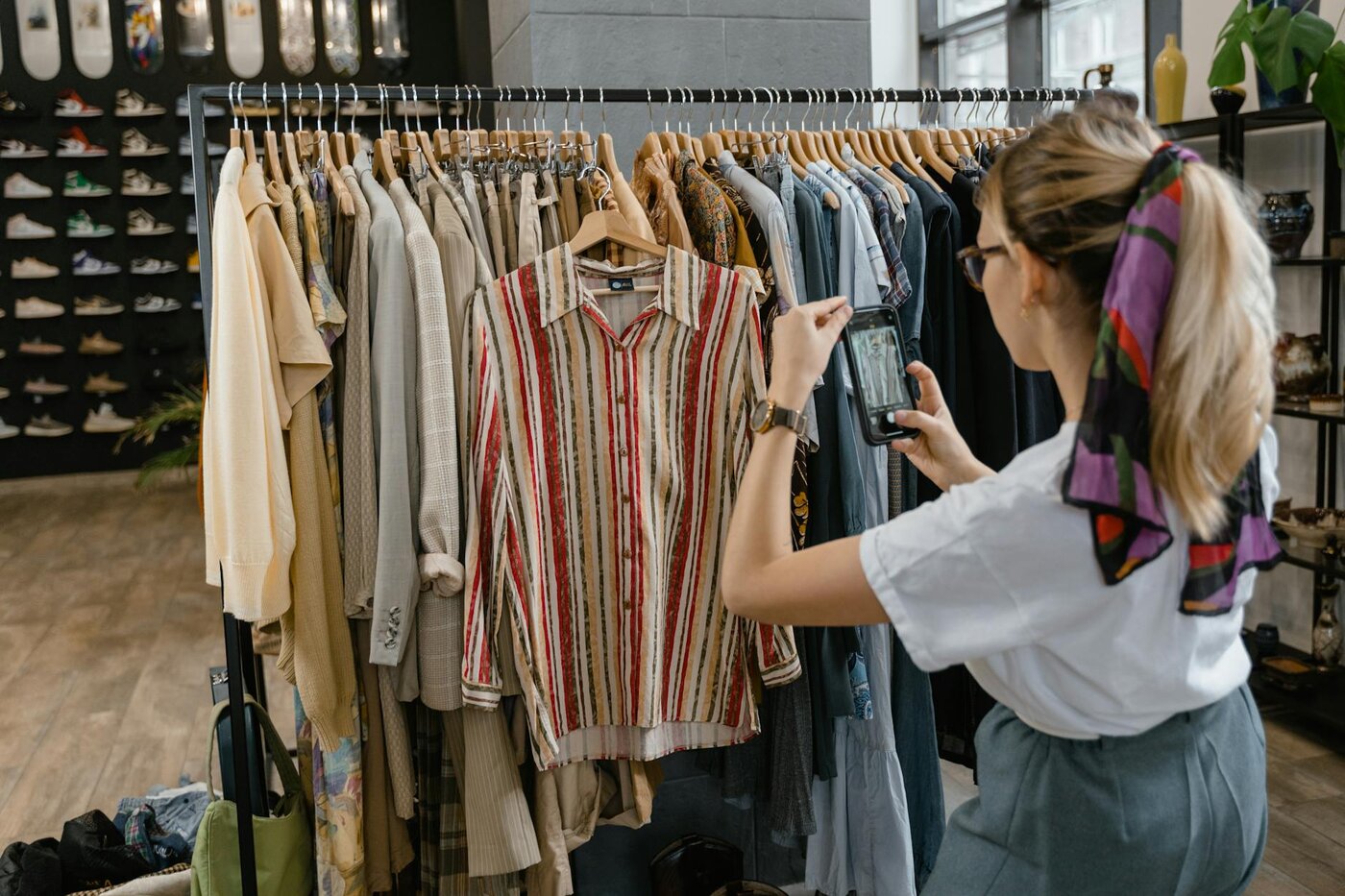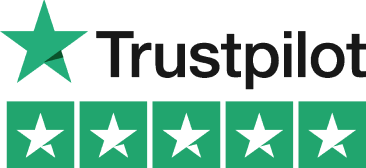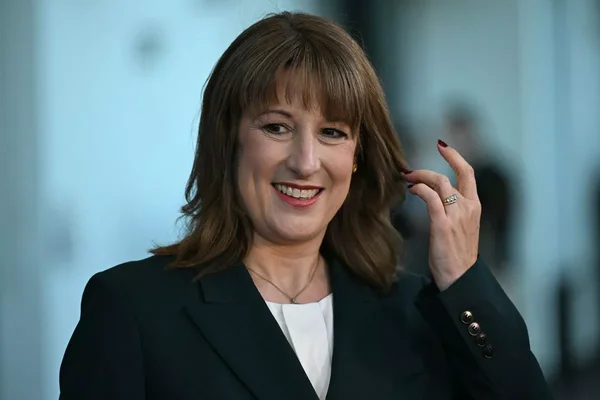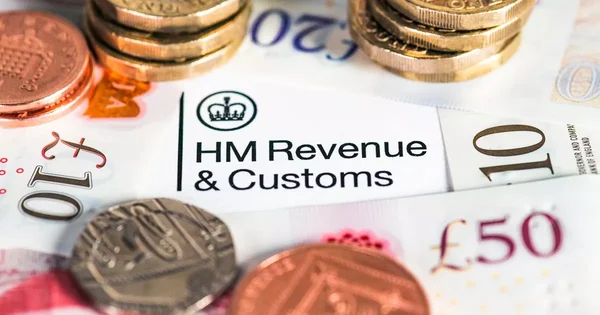Let’s Break This Down Together…
Whether you're earning extra income on YouTube, eBay, Etsy, or other platforms, understanding how the £1,000 trading allowance works, and when HMRC expects you to register, is key. From side hustles to growing creator businesses, staying tax-compliant doesn’t have to be complicated. This guide clears up the confusion and shows you how to stay on top of your earnings without the stress.
Introduction
The £1,000 trading allowance is a handy tax relief for casual sellers and side-hustlers in the UK. It gives you a tax-free allowance on your trading income, but there’s a crucial detail many miss.
This allowance applies to your combined income, not per platform. Understanding how it works across multiple selling sites is essential to stay on the right side of HMRC.
With the rise of digital platforms, earning money from side hustles and making side income has become more accessible than ever. The trading allowance is especially relevant for those using multiple digital platforms to generate extra income.
They look at your total trading activity, regardless of where those sales happen.
What Is the £1,000 Trading Allowance?
The trading allowance is a tax-free amount that lets you earn up to a certain amount from trading activities without having to pay tax. If you earn £1,000 or less in a tax year, you don’t need to tell HMRC about it.
It was brought in back in 2017 to make life easier for people with small side incomes. If your total trading income is less than £1,000, you do not need to pay tax or file a return. Before this, even tiny amounts of extra earnings technically needed declaring.
The allowance covers self employment, providing a service, casual selling, odd jobs, freelance work, and other small self-employed activities. It’s perfect for occasional sellers or those just starting a side business.
Side income from side hustles and small business owners can also benefit from the allowance. If your trading income stays under this threshold, you don’t need to register for Self Assessment or declare the income.
How the Trading Allowance Works Across Multiple Platforms
Here’s the key point many people miss: the £1,000 allowance is for your total trading income, not per platform. Your sales from eBay, Etsy, Vinted, Depop and any other online platforms or online marketplaces all count towards the same limit. The allowance applies to your total income from all online platforms and online marketplaces combined.
HMRC doesn’t care which websites or apps you use to make money. All your online earnings from these platforms must be reported if they exceed the reporting threshold. They only look at the total amount you’ve earned from trading activities.
For example, if you earn £600 from eBay sales and £500 from Etsy in the same tax year, your total online earnings are £1,100. If your combined online earnings are over the reporting threshold, they must be reported to HMRC. This means you’ve exceeded the allowance.
Once you go over the £1,000 threshold, you’ll need to register for Self Assessment. You must declare all your trading income, not just the amount over £1,000.
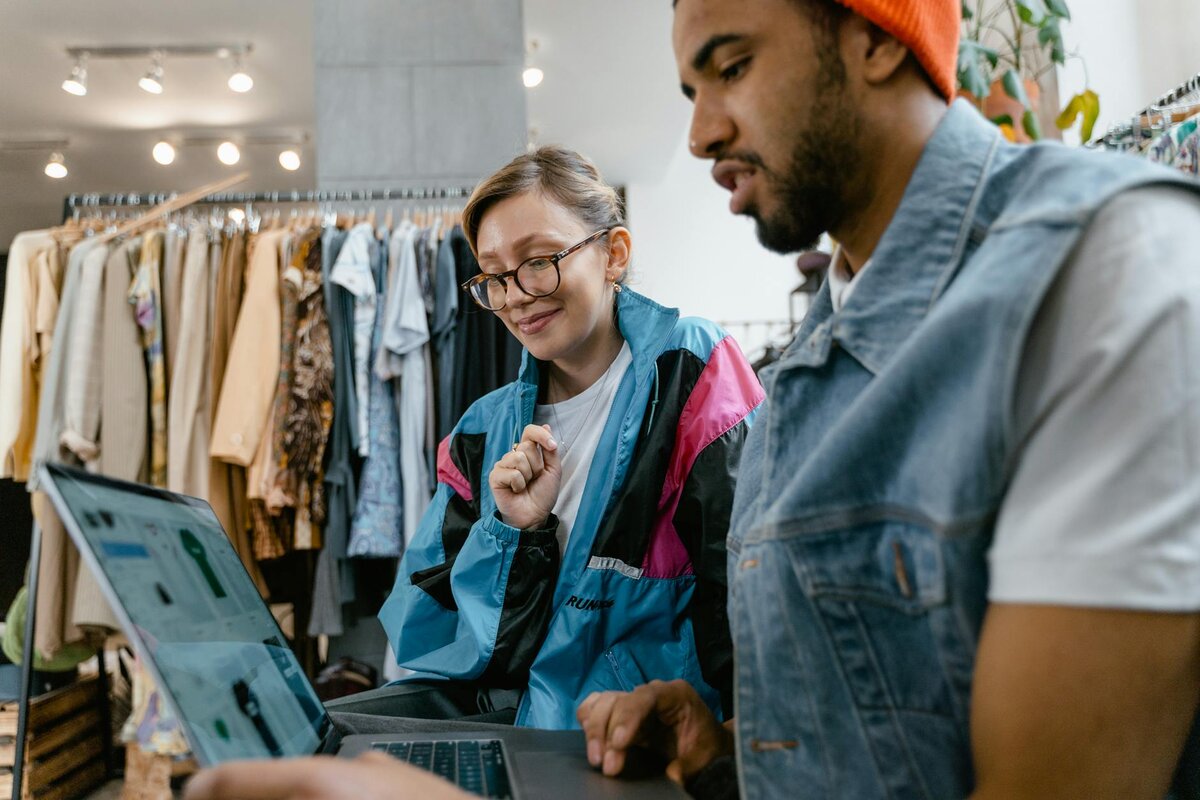
Calculating Your Trading Income Correctly
When figuring out if you’ve hit the £1,000 limit, include all income from selling goods or services, including any profits from reselling items. This means adding up everything you’ve received from customers, regardless of platform.
It’s important to separate personal items sold at a loss from your trading activity. If you’re selling your old clothes for less than you paid, that’s not trading income. However, if you source items from charity shops or car boot sales to resell for profit, this counts as trading income and may be taxed.
Keep separate records for each platform but remember to add them all together. This makes it easier to track where your income is coming from.
When assessing if you’ve exceeded the threshold, use your gross income. This is before any platform fees or other costs are taken out. All profits from these activities are subject to taxes if they exceed the allowance.
When You Need to Register for Self Assessment
If your total trading income tops £1,000 in a tax year (6 April to 5 April), you may need to pay income tax and file tax returns by registering for Self Assessment. The deadline is 5th October following the tax year when you went over the limit.
After registering, your personal circumstances, such as having rental income, income from property, or other sources, may affect whether you claim the £1,000 trading allowance or deduct actual expenses on your assessment return. Choose whichever gives you the lower tax bill.
Be aware that HMRC can issue penalties if you fail to register on time. These can add up quickly, so it’s best to stay on top of things.
Record-Keeping Requirements
Even if you're under the £1,000 threshold, it's wise to keep records of all your sales. This proves you're within the allowance if HMRC ever asks questions.
Take regular screenshots or download transaction histories from each platform you sell on. Many sites let you export your sales data as a spreadsheet.
Note down dates, amounts received, and any fees paid for each transaction. This level of detail will save you headaches if you need to check anything later.
HMRC can ask to see records going back up to 6 years. Store everything safely, even if you think you'll never need it.
Business Use of Personal Possessions and the Trading Allowance
If you’re making extra income by using your personal possessions for business, like selling items online, renting out a spare room, or using your car for work journeys, the trading allowance can help you keep more of your earnings tax-free. As long as your total income from these activities stays below the £1,000 trading allowance threshold in a tax year, you won’t need to register for self assessment or complete a tax return for this side hustle income.
However, if your income from selling, renting, or business use of personal possessions goes over £1,000, you’ll need to register for self assessment and report your earnings to HMRC. This means completing a tax return and deciding whether to claim the trading allowance or deduct actual business expenses to reduce your taxable profit.
It’s essential to keep detailed records, such as receipts, invoices, and bank statements, showing how you’ve used your personal possessions for business. This will make it easier to claim the trading allowance correctly and provide evidence if HMRC asks for verification. Also, if you sell personal possessions for more than you paid for them, you might need to consider capital gains tax on the profit, especially for valuable items.
By staying organised and understanding how the trading allowance applies to business use of personal possessions, you can make the most of your extra income while staying compliant with tax rules.
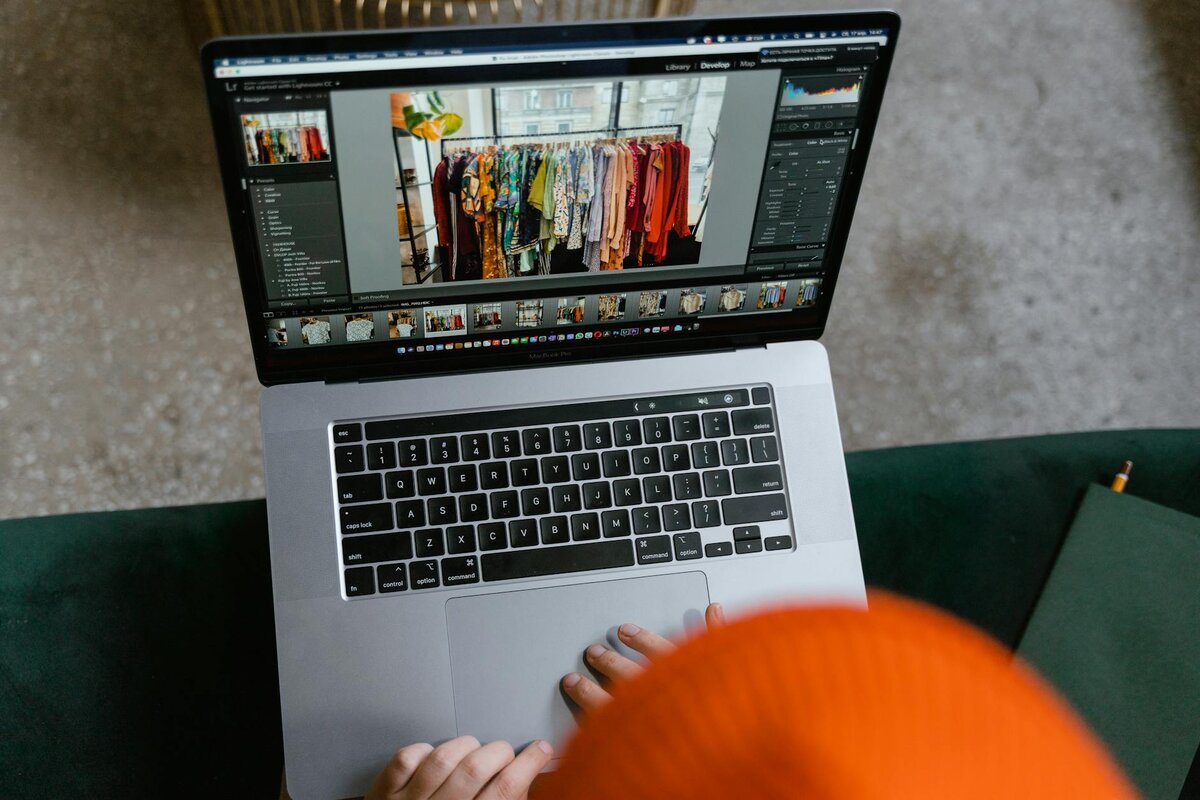
Common Mistakes to Avoid
The biggest mistake sellers make is thinking the £1,000 allowance applies separately to each platform. Remember, it's your total trading income that counts.
Another common error is mixing personal and business sales without clear records. Keep these transactions clearly separated in your accounts.
Don't forget to include cash sales or payments received directly through bank transfers. These count towards your trading income too.
Many people fail to register for Self Assessment once they exceed the threshold. In reality, once you go over, you must declare everything.
Staying Informed: Keeping Up with Trading Allowance Rules
Tax rules and allowances can change from year to year, so it’s important to stay up-to-date with the latest information about the trading allowance and your self assessment tax return obligations. The government may update the trading allowance threshold, reporting requirements, or the way you claim expenses, which could affect how much tax you pay on your trading income.
To keep on top of these changes, regularly check the HMRC website for updates, sign up for their email alerts, or follow trusted tax blogs and online resources. This will help you avoid late tax payments, ensure you’re claiming the right expenses, and make the most of your tax free allowance to reduce your taxable profit.
If you’re ever unsure about how new tax rules apply to your situation, don’t hesitate to consult a tax professional. They can help you navigate the self assessment process, complete your assessment tax return accurately, and make sure you’re claiming everything you’re entitled to. Staying informed means you can focus on growing your side hustle or small business, confident that your tax affairs are in order.
Final Thoughts
Understanding how the trading allowance works across multiple platforms isn't complicated. It's about your total trading income, not where you earn it.
Keep good records from day one, even if you're well below the threshold. Your selling activities might grow faster than you expect.
If you're approaching the £1,000 limit, plan ahead for registering with HMRC. Consider whether using the trading allowance or claiming expenses will be better for your tax bill.
When in doubt, it's always worth chatting with a tax professional. They can give advice tailored to your situation.
Pie Tax
Managing income from various selling platforms shouldn’t be a source of stress at tax time.
With Pie tax, our smart dashboard gives you a real-time view of your tax position. Easily match income and expenses using powerful tools designed for speed and accuracy. Plus, you can access expert advice and submit directly to HMRC, all within the app.
Curious to see how it works? Head over to Pie Tax and discover how we make online selling tax simple.
